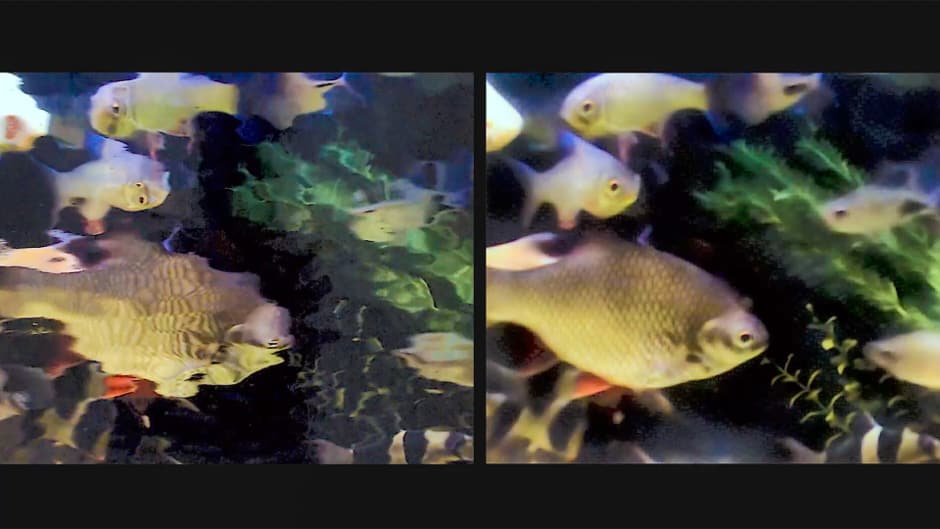Damaged or obscured moving images can be clearly reconstructed with DeepRay, an artificial Intelligence technology from Cambridge Consultants that can potentially outperform the human eye.

It is claimed that DeepRay’s ability to see clearly in difficult or unpredictable situations could transform a number of machine vision and imaging applications, including autonomous driving and medical imaging.
The performance of machine vision systems can quickly deteriorate if a view is obscured by obstructions, which has serious implications for real-world applications where image quality can be degraded by environmental factors or damage to camera-based systems.
According to Cambridge Consultants, DeepRay learns what real-world scenes and objects look like and also how they appear with various image distortions applied. When presented with a distorted image it has never seen before, the technology can then form a real-time judgement of the ‘true’ scene behind the distortion. Having this “mind’s eye”, said the company, means that DeepRay will outperform humans and existing machine vision approaches in reconstructing clear images under difficult conditions.
https://vimeo.com/303678129
Tim Ensor, commercial director for Artificial Intelligence at Cambridge Consultants said: “This is the first time that a new technology has enabled machines to interpret real-world scenes the way humans can – and DeepRay can potentially outperform the human eye. This takes us into a new era of image sensing and will give flight to applications in many industries, including automotive, agritech and healthcare.
“The ability to construct a clear view of the world from live video, in the presence of continually changing distortion such as rain, mist or smoke, is transformational. We’re excited to be at the leading edge of developments in AI."
Developed at Cambridge Consultants' so-called Digital Greenhouse, DeepRay is said to use unique extensions of the Generative Adversarial Network (GAN) architecture. Training requires six neural networks to compete against each in teams, inventing difficult scenes and attempting to remove distortion. Effective end-to-end training of so many networks together has only been possible in the last two years but is yielding radical new capabilities, Cambridge Consultants said.




Poll: Should the UK’s railways be renationalised?
The term innovation is bandied about in relation to rail almost as a mantra. Everything has to be innovative. There is precious little evidence of...